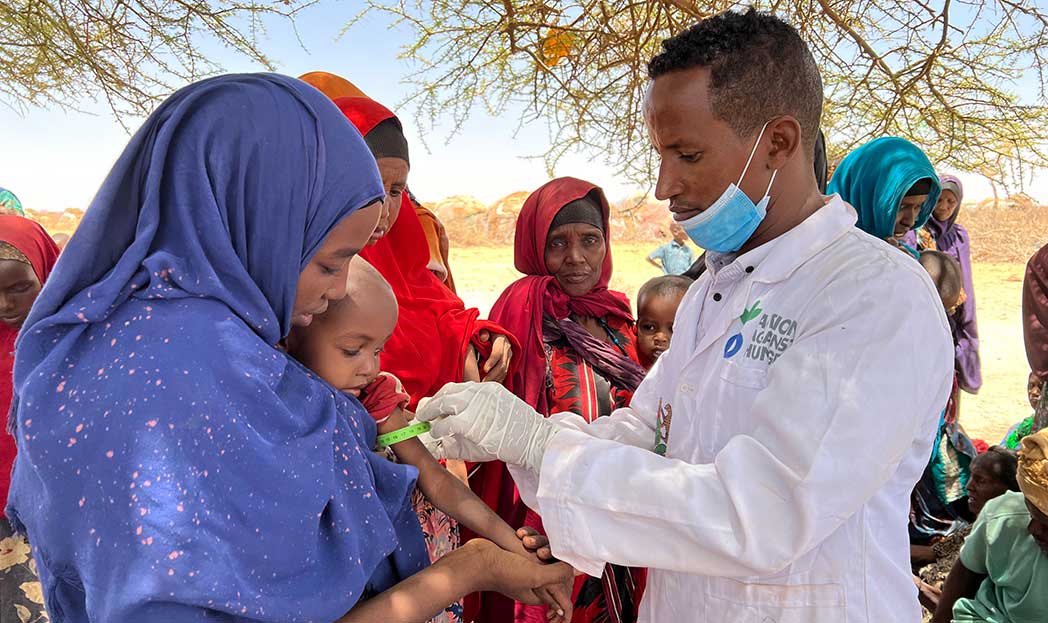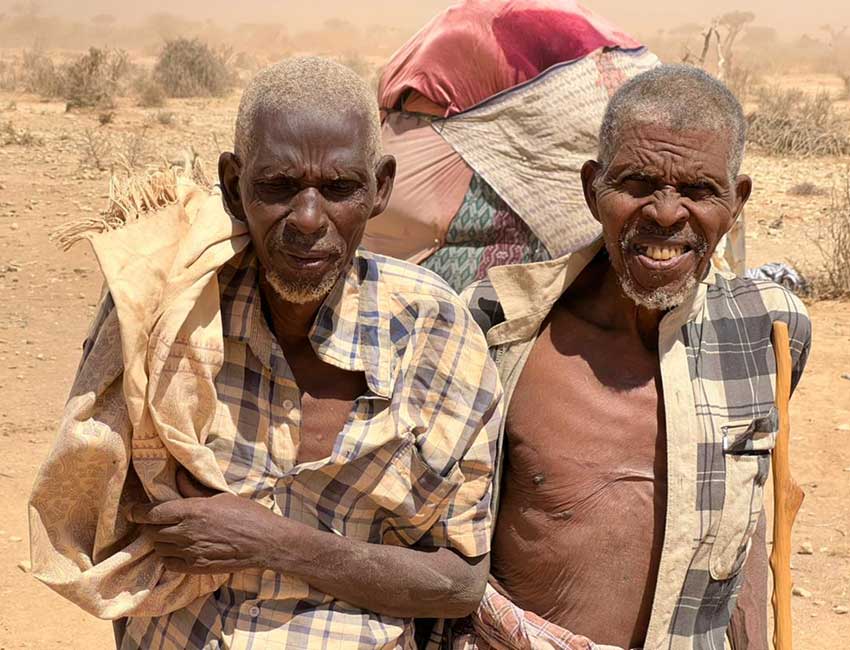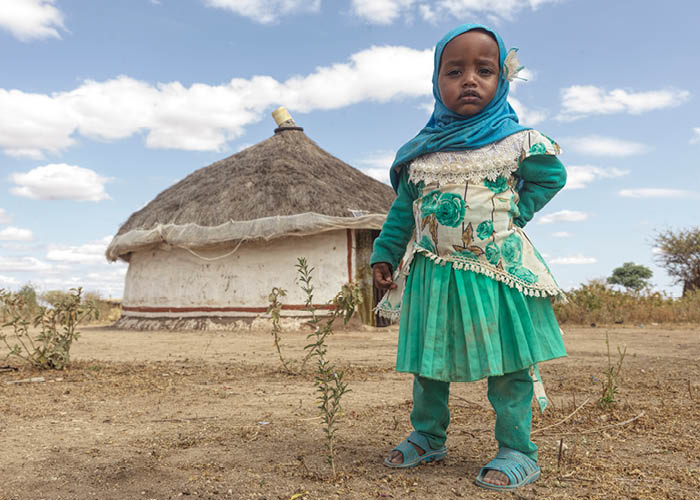J ust a few weeks ago in Somalia, Kenya and Ethiopia, already some of the hungriest countries in the world, roughly 13 million people were waking up severely hungry every day. Now, given their reliance on Ukrainian imports such as wheat and cooking oil, food prices are skyrocketing – putting access to basic nutrition even further out of reach.
Why is the conflict in Ukraine affecting food prices?
Ukraine is a major player in the production of critical crops like wheat, sunflower oil and seeds, and corn. It’s the world’s fifth largest producer of wheat with 40% of its exports going to Africa and the Middle East.
Trade deals with Russia, a major exporter of maize and sunflower seeds, have also been paused amid growing uncertainty around sanctions.
Even before the conflict, international wheat prices were worryingly high – exceeding the levels seen during the 2008 economic crisis.
Yet in just a few weeks we’ve seen catastrophic price hikes. In Mogadishu, the capital of Somalia, the price of flour is up by 50% with both Somalia and Kenya declaring national emergencies because of the impact on communities.

A member of Action Against Hunger’s mobile outreach team screens a child for malnutrition in Somalia. Photo credit: Action Against Hunger/ Ahmed Issak Hussein
The next few months in west and central Africa are set to be equally catastrophic – tripling the number of people facing crisis or worse situations from four years ago.
Economies that depend heavily on cereal imports, with high levels of debt or low levels of food stocks, are all especially vulnerable. Mali, for example, imports 70% of the food it consumes.
Escalating prices aren’t just affecting wheat alone – they’re also having an impact on other basic foodstuffs like maize and cooking oils. With rising oil and gas prices, we’re also seeing major increases in the cost of transport, fertilisers and shipping. All of these are leading to an increase in food prices.
This all comes on top of the climate crisis, other ongoing conflicts and the economic impact of Covid-19. In the last couple of years, shocks and pressures have been coming from all different directions – compounding each other to create a perfect storm.
How Action Against Hunger is tackling the food crisis
At Action Against Hunger, we were already deeply concerned about the hunger crisis in East Africa and in the Sahel before the conflict in Ukraine started. Now, we’re terrified at the looming impact of the conflict on a much wider scale.
We’re working with communities across Africa to become more resilient to food price increases and to help them find solutions.
In Uganda, where the Government has given millions of refugees small parcels of land, we’re supporting people to grow drought-resistant crops and providing cash to entrepreneurs so they can start small businesses.
In Niger, we’re using satellite technology to support agricultural production and the distribution of livestock feed. Similarly in Mali, we’re vaccinating animals and recovering land for grazing.
Where the UK must step up
It’s now more important than ever that the international community re-evaluates our response to preventable food crises like these.
In the UK, the slashing of the UK Aid budget has had a major impact. Acting early to support farmers is more cost effective than responding after a famine has been declared.
To provide greater support for food crises like we’re seeing in east Africa, the UK Government must return to spending 0.7% of Gross National Income (GNI) on aid as soon as possible. In the meantime, any humanitarian aid for Ukraine must be new and in addition to the current 0.5% aid budget.
Investment in nutrition, child protection and gender equality must also be prioritised, ensuring that funding is channelled through local NGOs who are best able to respond quickly and access hard-to-reach communities.
We must now pull together to turn the tide on this global hunger crisis.



